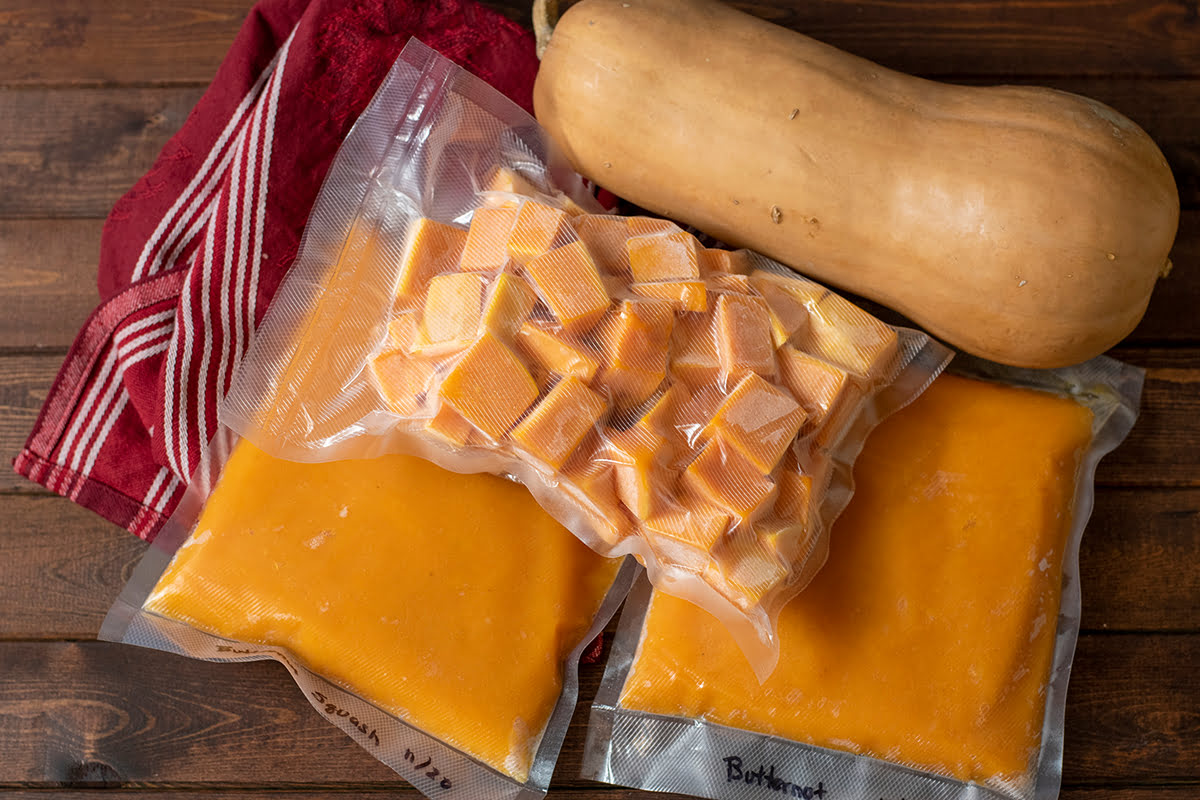

Articles
How To Store Cut Butternut Squash
Modified: February 23, 2024
Learn the best way to store cut butternut squash in this informative article. Keep your squash fresh and extend its shelf life.
(Many of the links in this article redirect to a specific reviewed product. Your purchase of these products through affiliate links helps to generate commission for Storables.com, at no extra cost. Learn more)
Introduction
Butternut squash is a versatile and delicious vegetable that is widely used in various recipes. Whether you’re using it for soups, stews, roasted dishes, or as a side dish, having cut butternut squash readily available can save you time in the kitchen. However, properly storing cut butternut squash is essential to maintain its freshness and prevent spoilage.
In this article, we will discuss the best practices for storing cut butternut squash to ensure its longevity. From choosing the right squash to preparing and storing it, we will provide you with all the information you need to keep your cut butternut squash fresh and flavorful for an extended period.
So let’s dive in and explore the steps to properly store cut butternut squash.
Key Takeaways:
- Properly storing cut butternut squash is essential for maintaining its freshness and flavor. From choosing the right squash to freezing for extended storage, these steps ensure delicious culinary convenience.
- With proper preparation and storage, cut butternut squash can last up to five days in the refrigerator and up to six months in the freezer. Enjoy versatile meal options and explore new recipes with stored squash.
Read more: How To Store Butternut Squash
Choosing the Right Squash
When it comes to selecting the right butternut squash for cutting and storing, there are a few things to keep in mind. Here are some tips to help you choose the best squash:
- Size: Look for a squash that feels heavy for its size. A heavy squash indicates that it is mature and has a higher chance of staying fresh for a longer time.
- Texture: Check the skin of the squash. It should be firm and free from blemishes or soft spots. Avoid squash with cuts or bruises, as they are more prone to spoilage.
- Color: The ideal color of a butternut squash is a vibrant tan or beige. Avoid squash with a greenish hue, as they may not be fully ripe.
- Stem: Inspect the stem of the squash. It should be intact and firmly attached. A loose or missing stem can be a sign of an older squash that may not store well.
By following these guidelines, you can ensure that you select a high-quality squash that is suitable for cutting and storing.
Preparing the Squash
Before you store cut butternut squash, it’s important to properly prepare it to maximize its freshness and flavor. Here’s how to prepare the squash:
- Wash the squash: Start by giving the squash a thorough wash under running water to remove any dirt or debris.
- Cut the squash: Use a sharp knife to carefully cut off both ends of the squash. Then, slice it in half lengthwise.
- Scoop out the seeds: Use a spoon to scrape out the seeds and any stringy pulp from the center of the squash.
- Peel the squash: With a vegetable peeler or a knife, peel off the tough outer skin of the squash. Make sure to remove all the skin to prevent any bitter taste.
- Cut into desired shapes: Depending on your recipe or personal preference, cut the squash into cubes, chunks, or slices.
Once you have prepared the squash, you are now ready to store it for future use. Remember to work carefully when cutting and peeling the squash, as it can be quite hard and may require some effort. Take your time to ensure that you have removed all the seeds and skin before proceeding with storing the squash.
Storing Cut Butternut Squash
Proper storage is vital to maintain the freshness and quality of cut butternut squash. Follow these guidelines to store your cut squash:
- Wrap in plastic wrap: Once you have cut the squash into the desired shapes, tightly wrap each piece individually with plastic wrap. This helps to protect the squash from air exposure, which can cause drying and spoilage.
- Place in an airtight container: After wrapping the individual pieces, transfer them to an airtight container. Make sure the container is the right size to prevent excess air circulation, which can lead to moisture loss.
- Store in the refrigerator: Place the container of cut butternut squash in the refrigerator. The ideal temperature range for storing cut squash is between 32°F (0°C) and 40°F (4°C). Keep it away from any strong-smelling foods to avoid flavor absorption.
Stored properly, cut butternut squash can last up to five days in the refrigerator. However, it’s always best to use it as soon as possible to enjoy the best flavor and texture.
Remember, once you have cut the squash, it exposes the flesh to air, making it more susceptible to spoilage. Therefore, it’s crucial to take these measures to protect the cut squash and prolong its shelf life.
After cutting butternut squash, store it in an airtight container in the refrigerator for up to 5 days. Alternatively, you can freeze it in a resealable bag for up to 3 months.
Freezing Cut Butternut Squash
If you have more cut butternut squash than you can use within the recommended storage period, freezing is a great option to preserve it for an extended period. Follow these steps to freeze your cut squash:
- Blanch the squash: Start by blanching the cut squash to partially cook it and preserve its flavor, color, and texture. Bring a pot of water to a boil and carefully add the cut squash. Let it blanch for about 2-3 minutes.
- Cool and drain: After blanching, immediately remove the squash from the boiling water and plunge it into an ice bath to stop the cooking process. Once cooled, drain the squash thoroughly.
- Pack and label: Divide the drained squash into portions that you would use in a single recipe. Place them in freezer-safe bags or containers and make sure to label them with the date.
- Remove air and seal: Squeeze out as much air as possible from the bags or containers before sealing to prevent freezer burn. Alternatively, you can use a vacuum sealer for optimum results.
- Freeze: Place the bags or containers in the freezer, ensuring they lie flat to maximize space and allow for even freezing.
Frozen cut butternut squash can be stored in the freezer for up to six months. When you’re ready to use it, simply thaw the squash in the refrigerator overnight or defrost it using the microwave on a low setting.
Keep in mind that frozen squash may become slightly softer after thawing, but it will still be suitable for soups, stews, purees, and other cooked dishes. Avoid using thawed squash in raw preparations, as the texture may not be the same as fresh.
Freezing cut butternut squash is a convenient way to extend its shelf life and have it readily available for future culinary adventures.
Read more: How To Store Butternut Squash In Freezer
Tips for Using Stored Squash
Now that you have successfully stored your cut butternut squash, here are some tips to make the most out of your stored squash:
- Plan your meals: Take inventory of your stored squash and plan your meals accordingly. Consider recipes like roasted butternut squash, butternut squash soup, or butternut squash risotto.
- Inspect for freshness: Before using the stored squash, check for any signs of spoilage or freezer burn. If the squash looks discolored, mushy, or has an off smell, discard it.
- Adjust cooking time: Depending on whether you are using fresh or frozen squash, adjust the cooking time accordingly. Frozen squash may require a slightly longer cooking time to ensure tenderness.
- Experiment with flavors: Butternut squash pairs well with various spices and herbs. Add a pinch of cinnamon, nutmeg, or a sprinkle of fresh herbs like thyme or rosemary to enhance the flavor of your dishes.
- Explore different cooking methods: While roasting is a popular way to cook butternut squash, consider trying other methods like steaming, sautéing, or even grilling for unique flavors and textures.
- Opt for meal prepping: If you have a large quantity of stored squash, consider meal prepping. Roast or cook the squash in different ways and portion them out for quick and easy meals throughout the week.
- Use in versatile recipes: Butternut squash can be used in a wide range of dishes, including salads, pasta, curry, and even desserts. Get creative and explore new recipes to make the most of your stored squash.
Remember to always taste and adjust seasonings as needed when using stored squash, as the flavor may mellow over time. With these tips, you can make delicious meals using your stored butternut squash and enjoy its wonderful flavor and nutritional benefits.
Conclusion
Storing cut butternut squash properly is essential to maintain its freshness, flavor, and texture. By following the guidelines outlined in this article, you can ensure that your cut squash remains delicious and usable for an extended period.
From choosing the right squash to preparing and storing it, each step plays a crucial role in preserving the squash’s quality. Remember to select a squash that is firm, blemish-free, and properly ripe. When preparing the squash, ensure you remove the seeds and peel away the tough skin.
Once the squash is cut and prepared, taking measures to store it in the refrigerator with adequate wrapping and in an airtight container is crucial. Alternatively, freezing the cut squash offers a great option for longer-term storage.
When you’re ready to use your stored squash, keep in mind the tips for getting the most out of it. Adapt your cooking time, experiment with flavors and cooking methods, and consider meal prepping to make the most of your stored squash.
By following these steps and tips, you can enjoy the convenience of having cut butternut squash readily available for your favorite recipes all year round. So go ahead, stock up on this versatile vegetable, and enjoy the delicious flavors it brings to your culinary creations!
Frequently Asked Questions about How To Store Cut Butternut Squash
Was this page helpful?
At Storables.com, we guarantee accurate and reliable information. Our content, validated by Expert Board Contributors, is crafted following stringent Editorial Policies. We're committed to providing you with well-researched, expert-backed insights for all your informational needs.
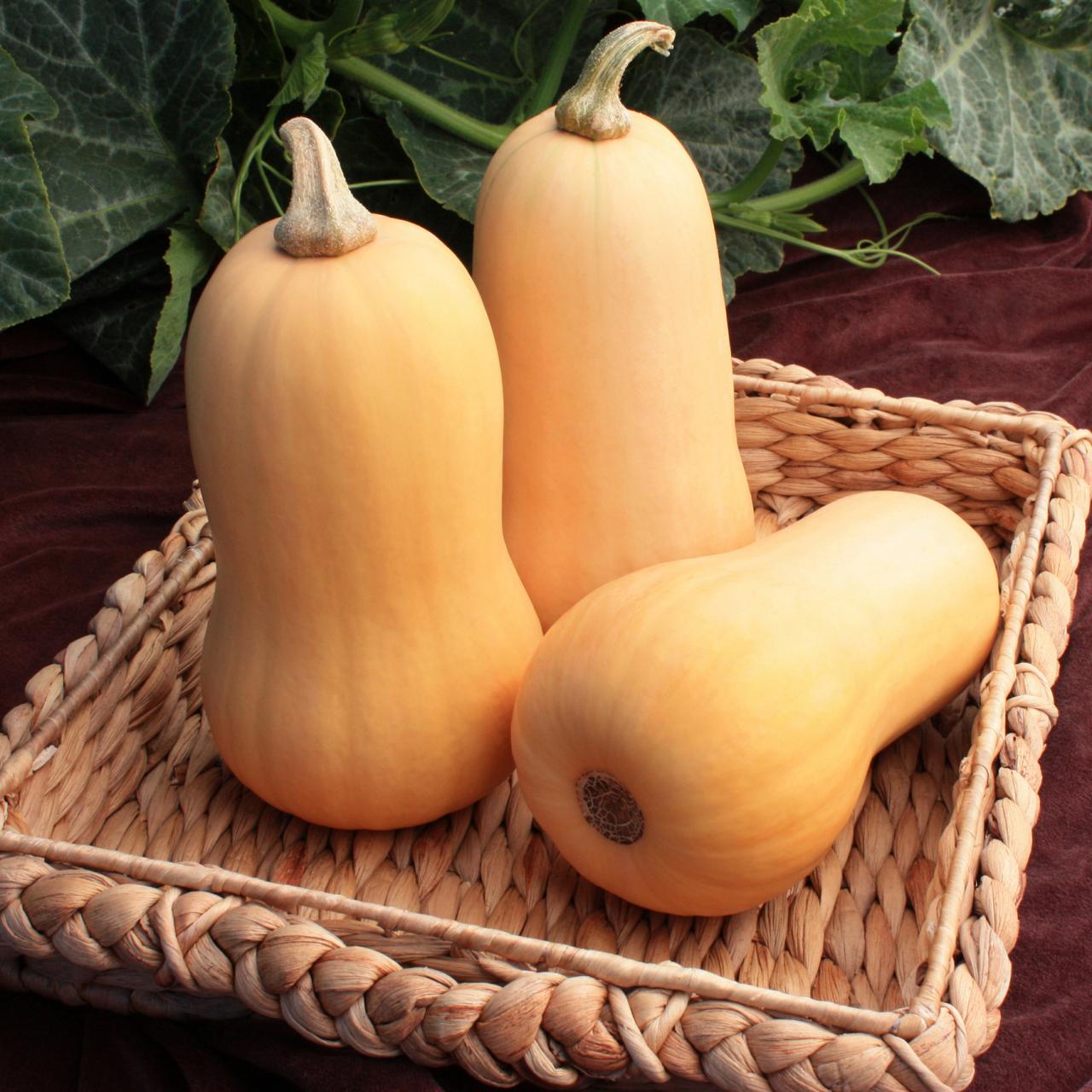
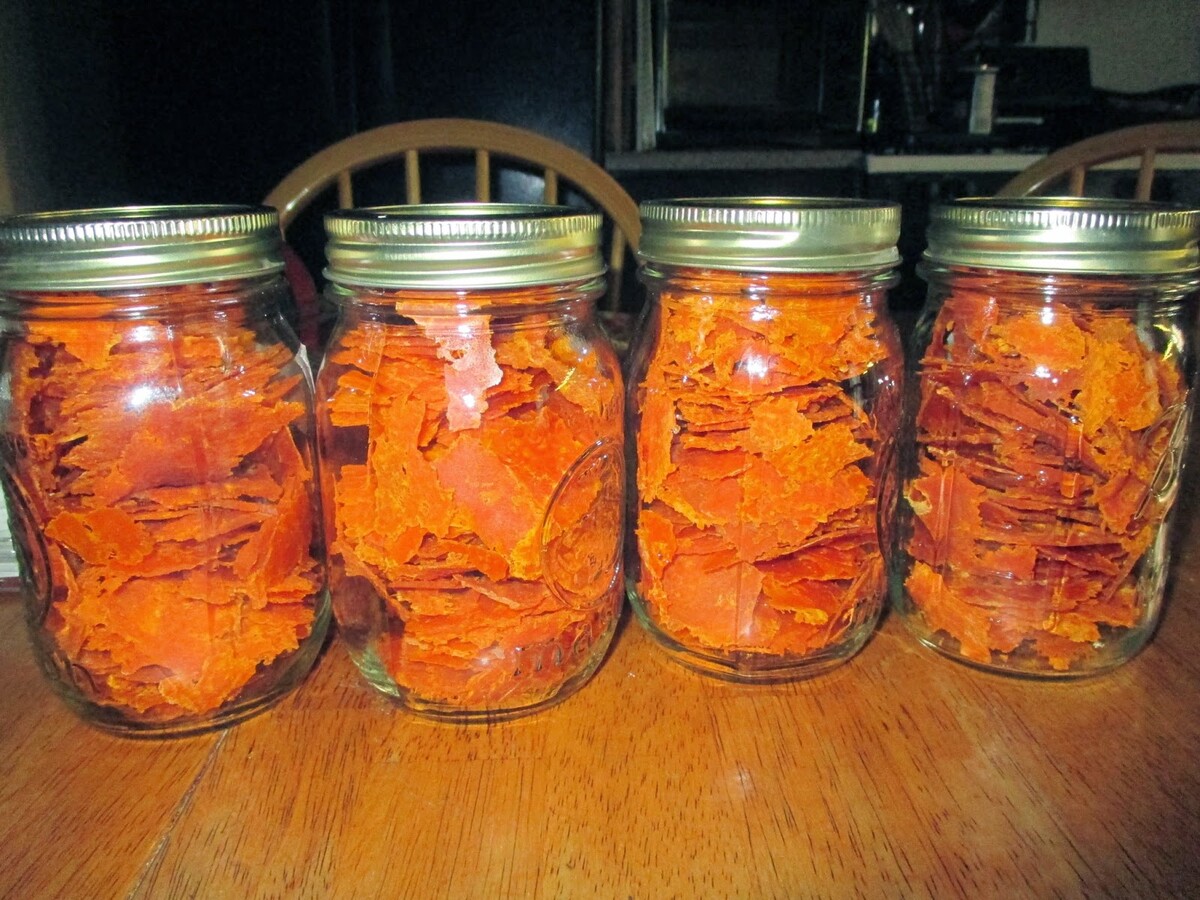
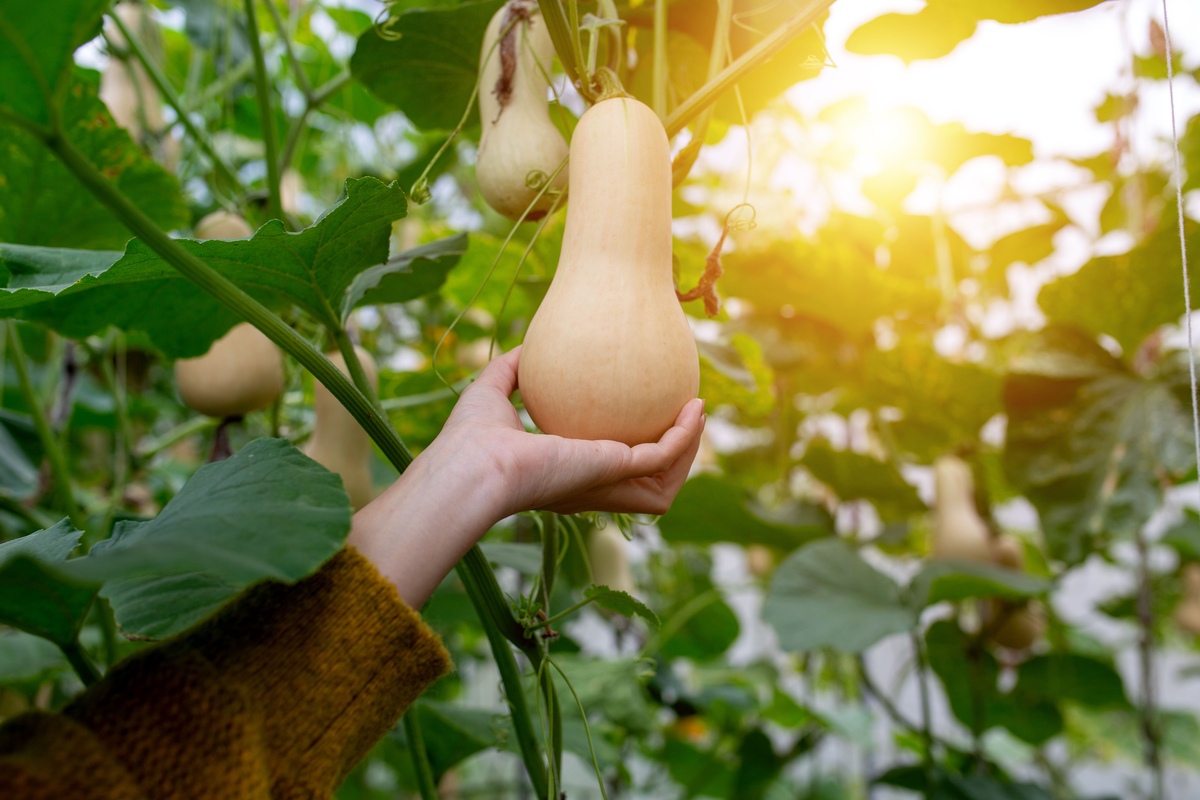
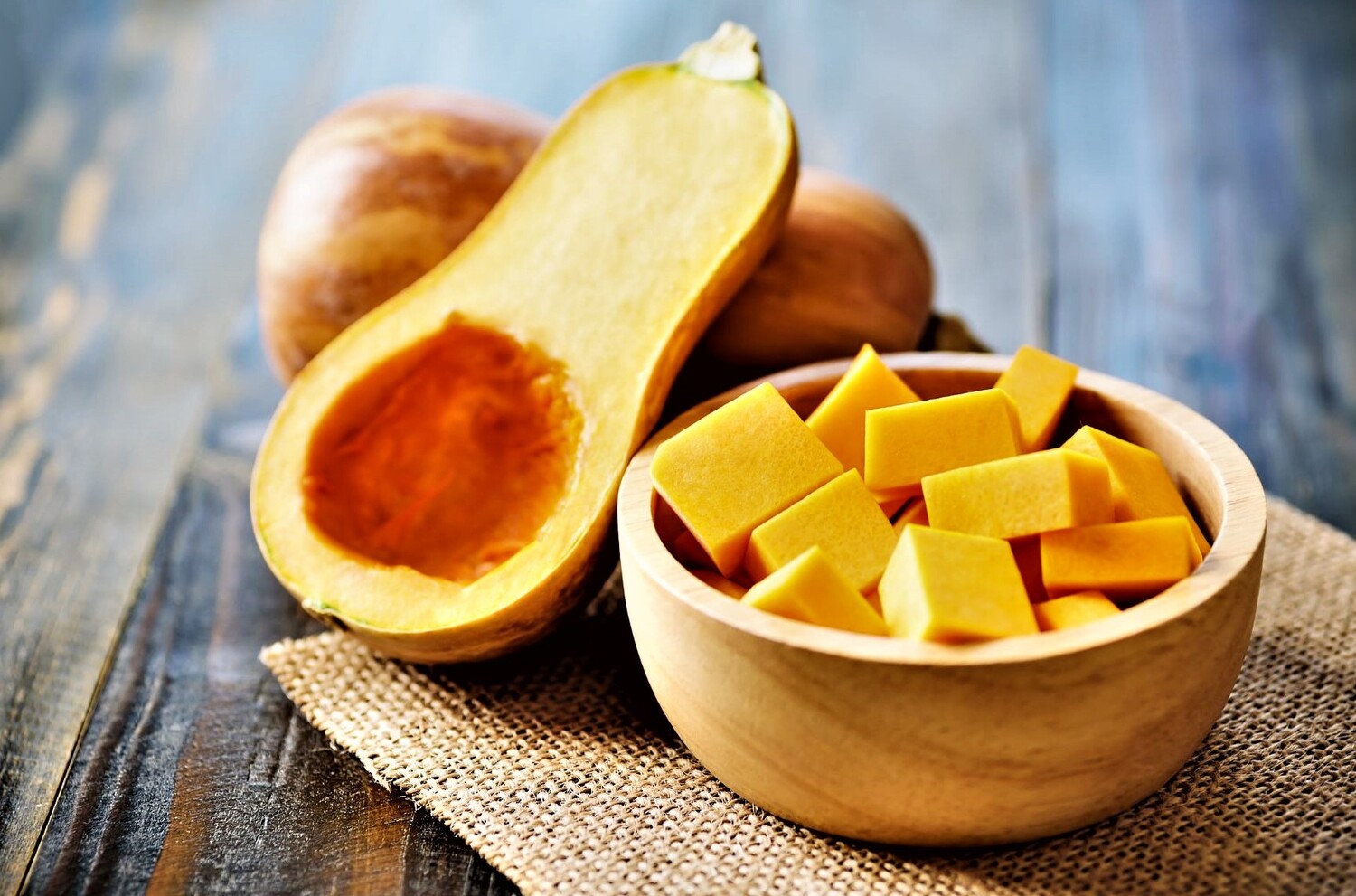
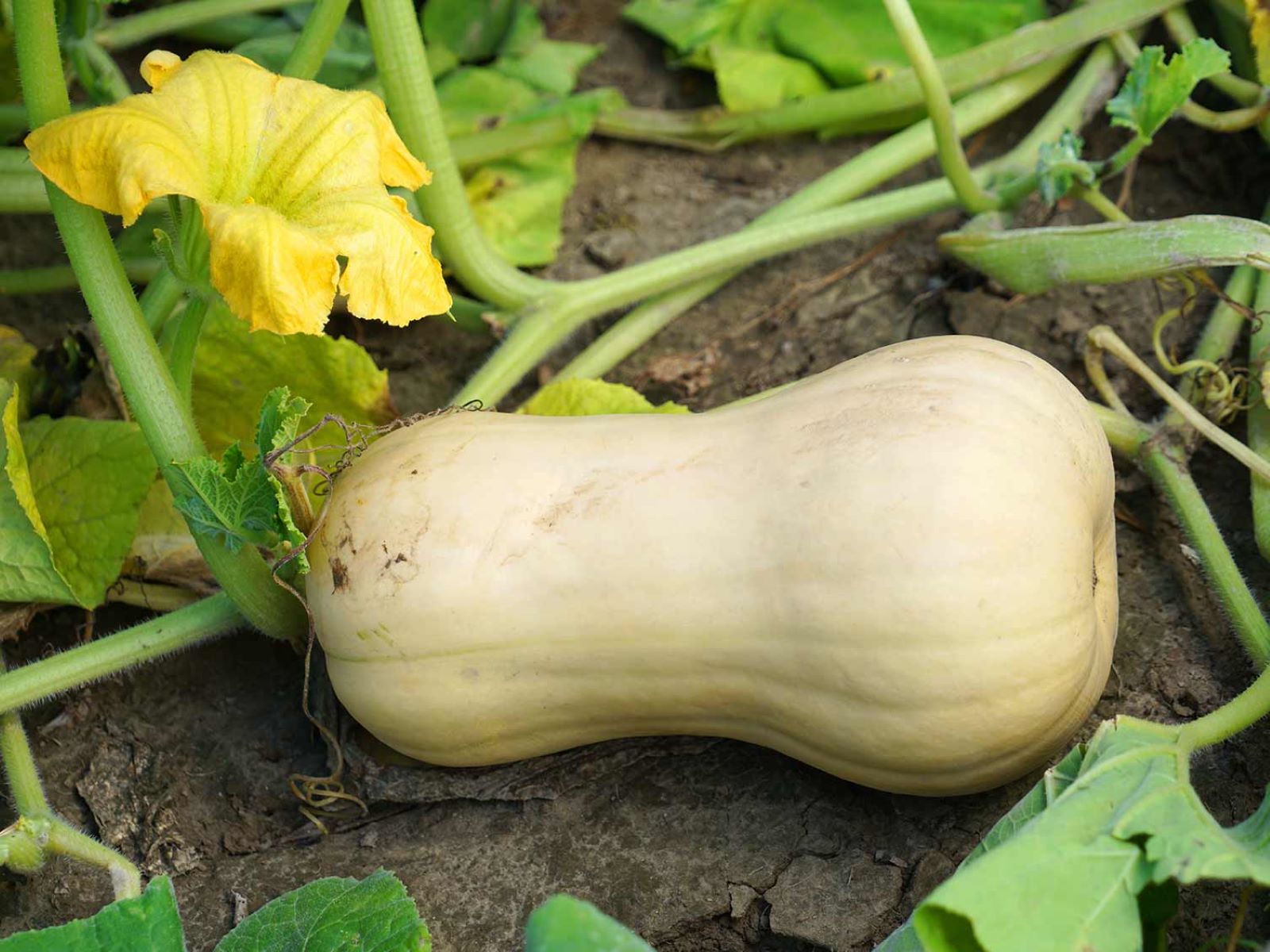
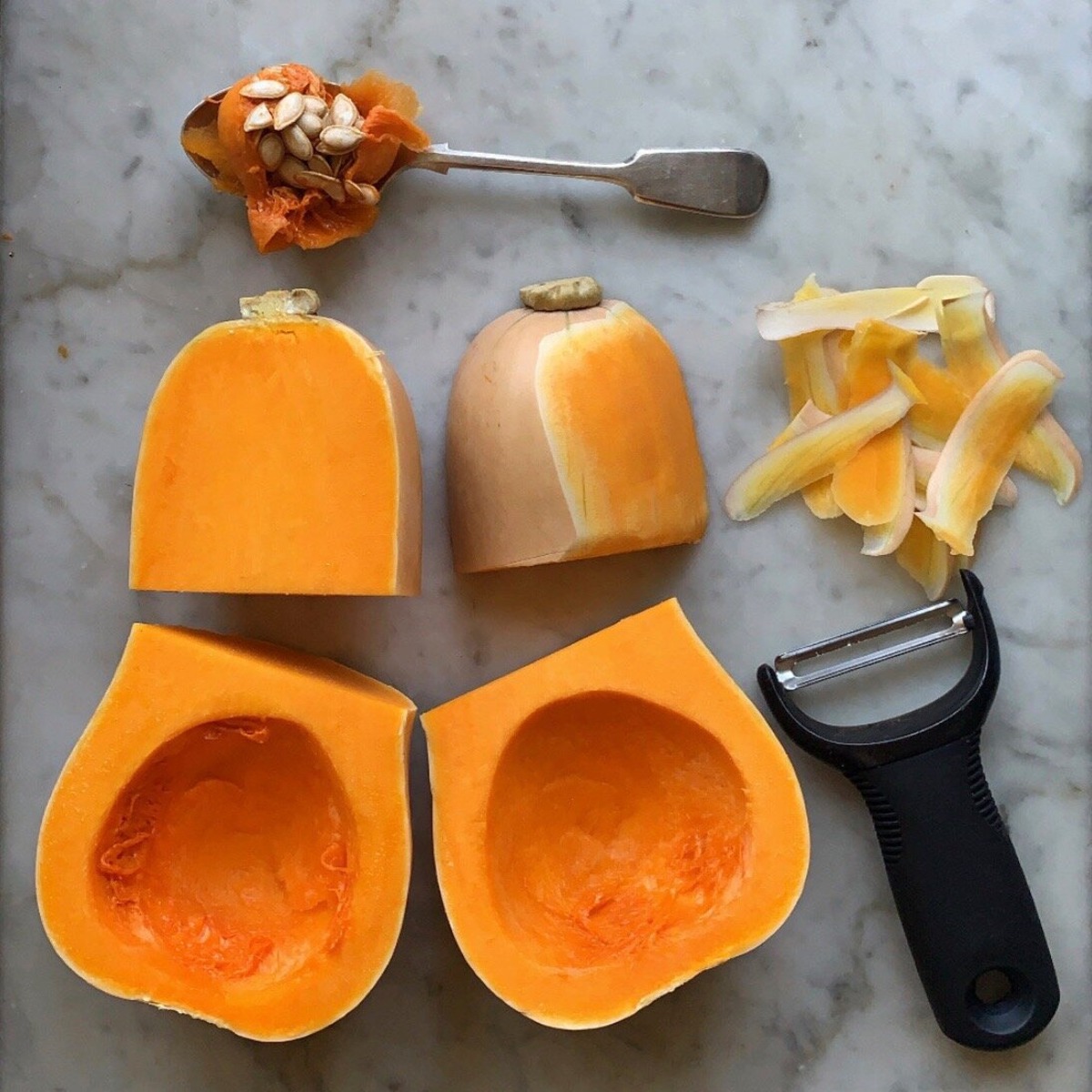
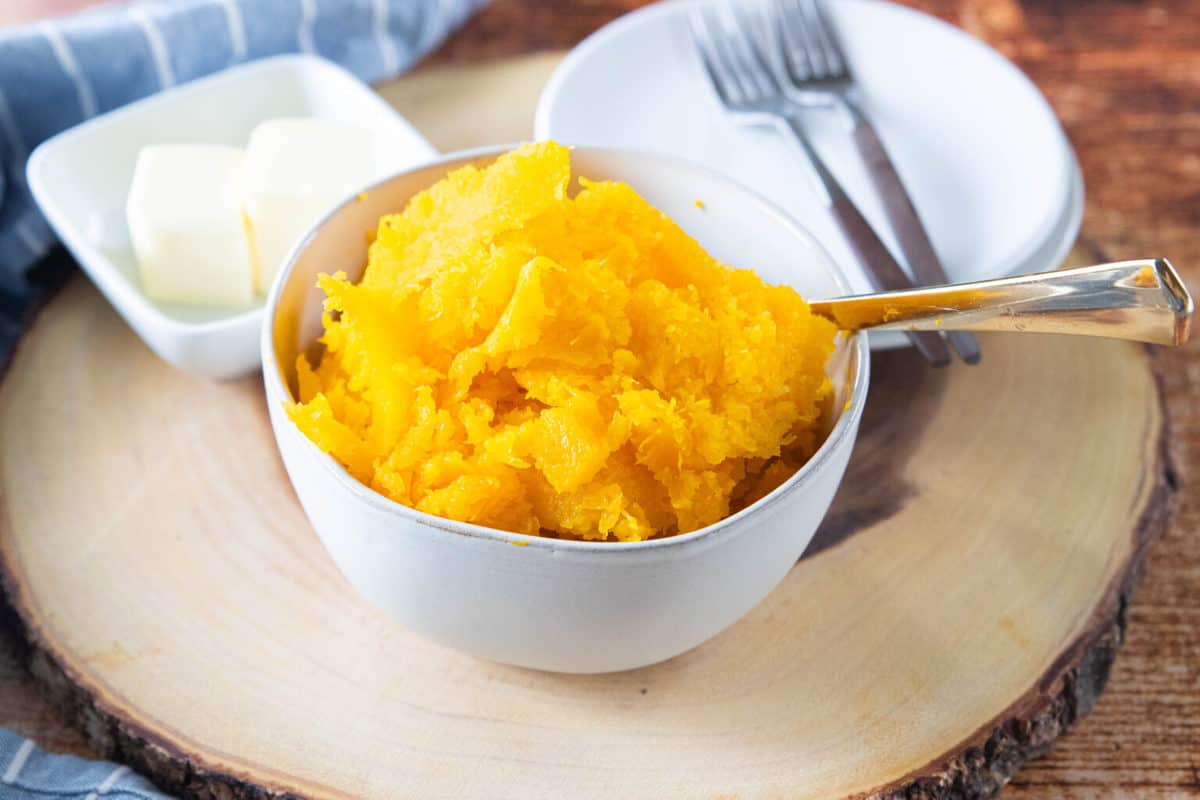
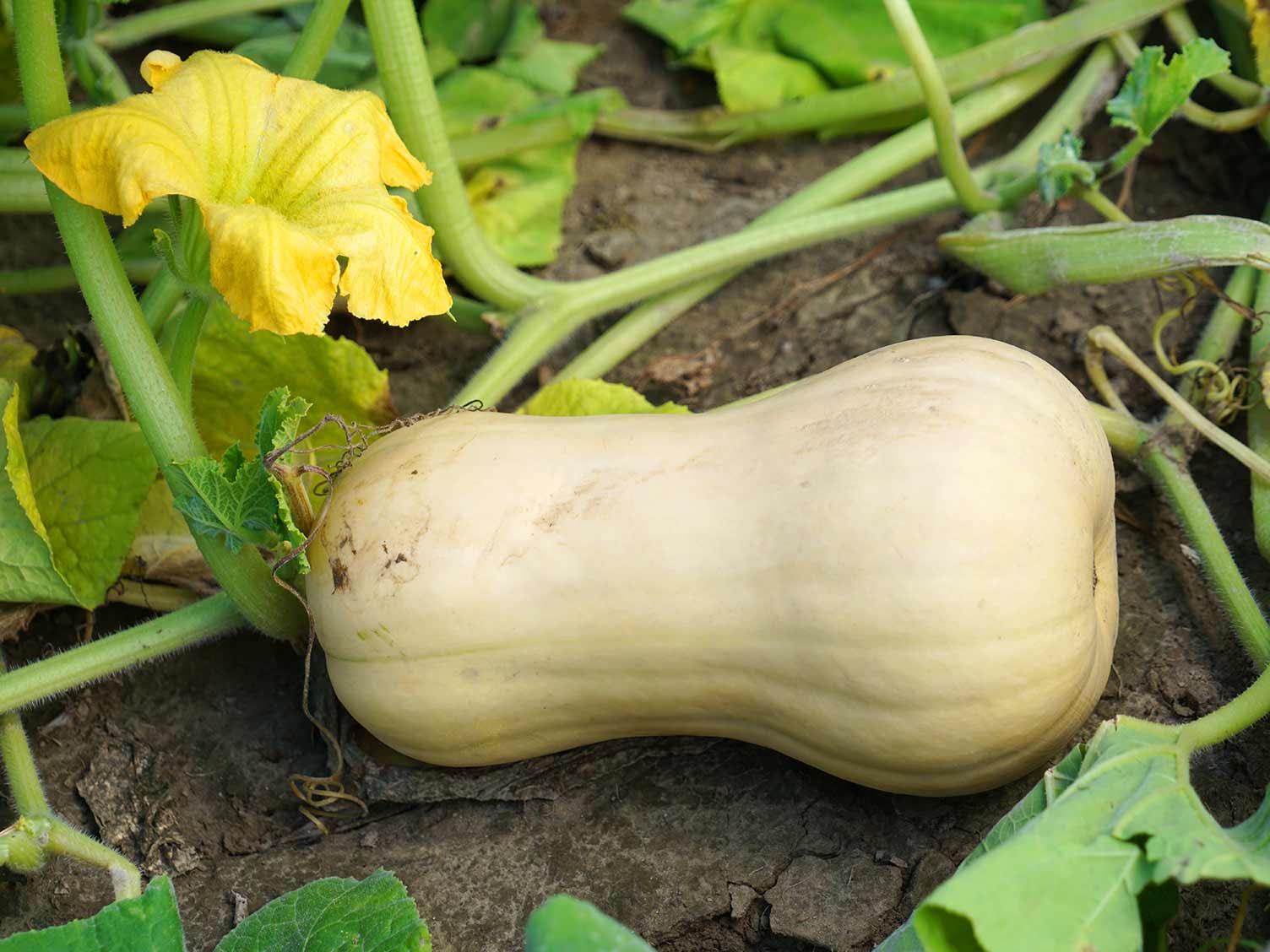
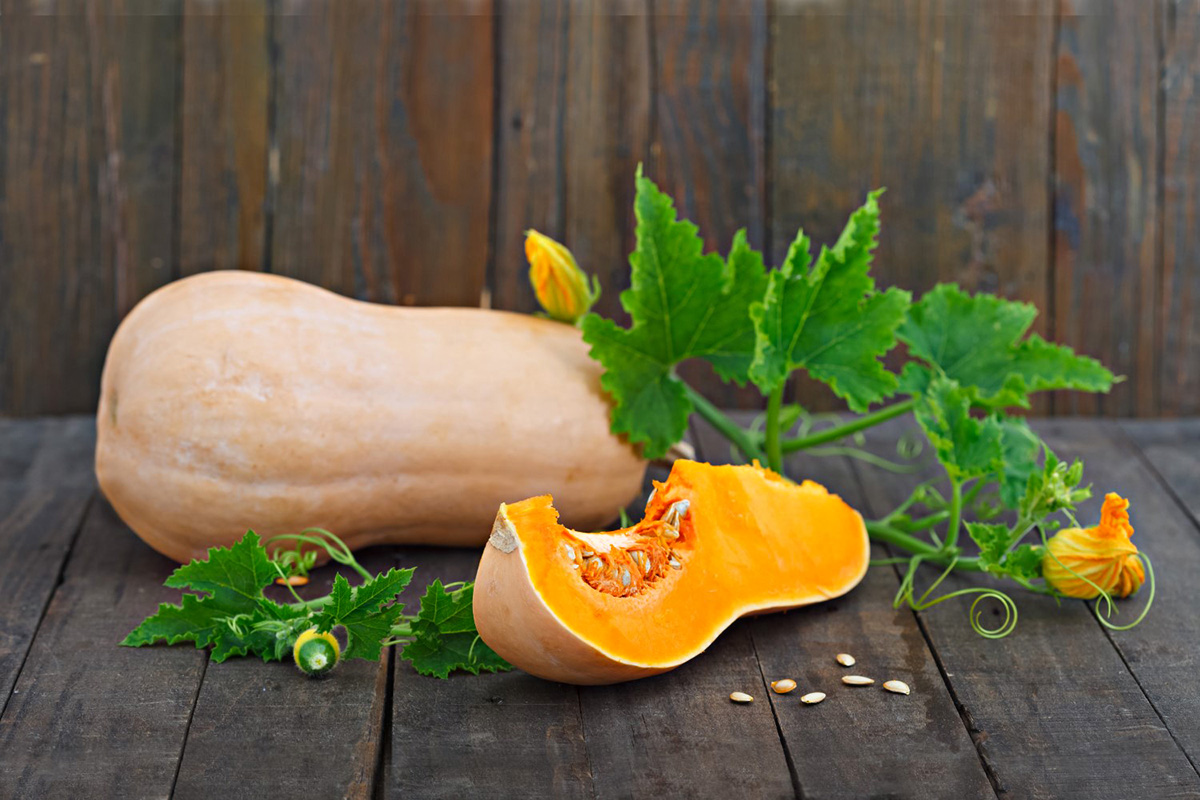
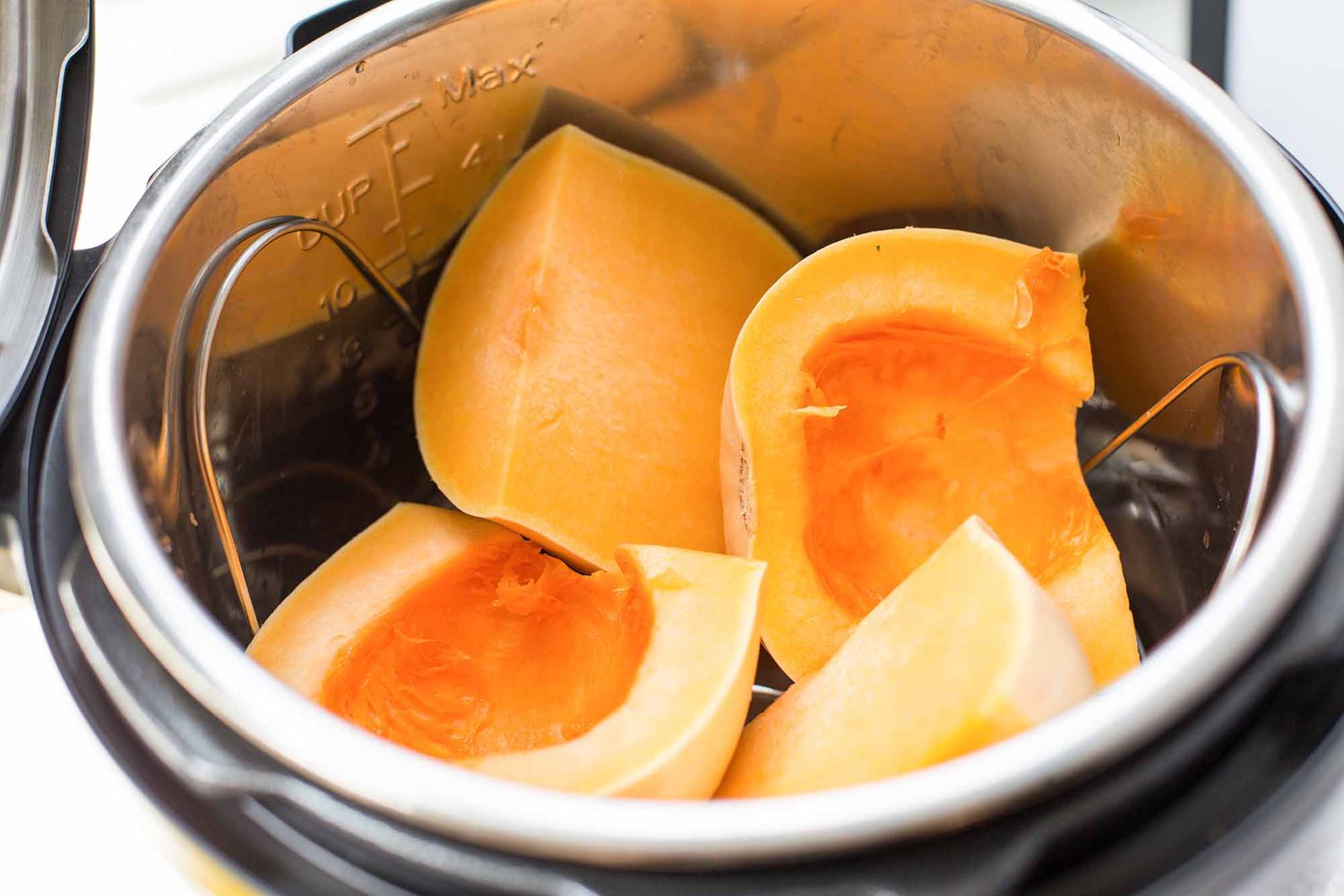
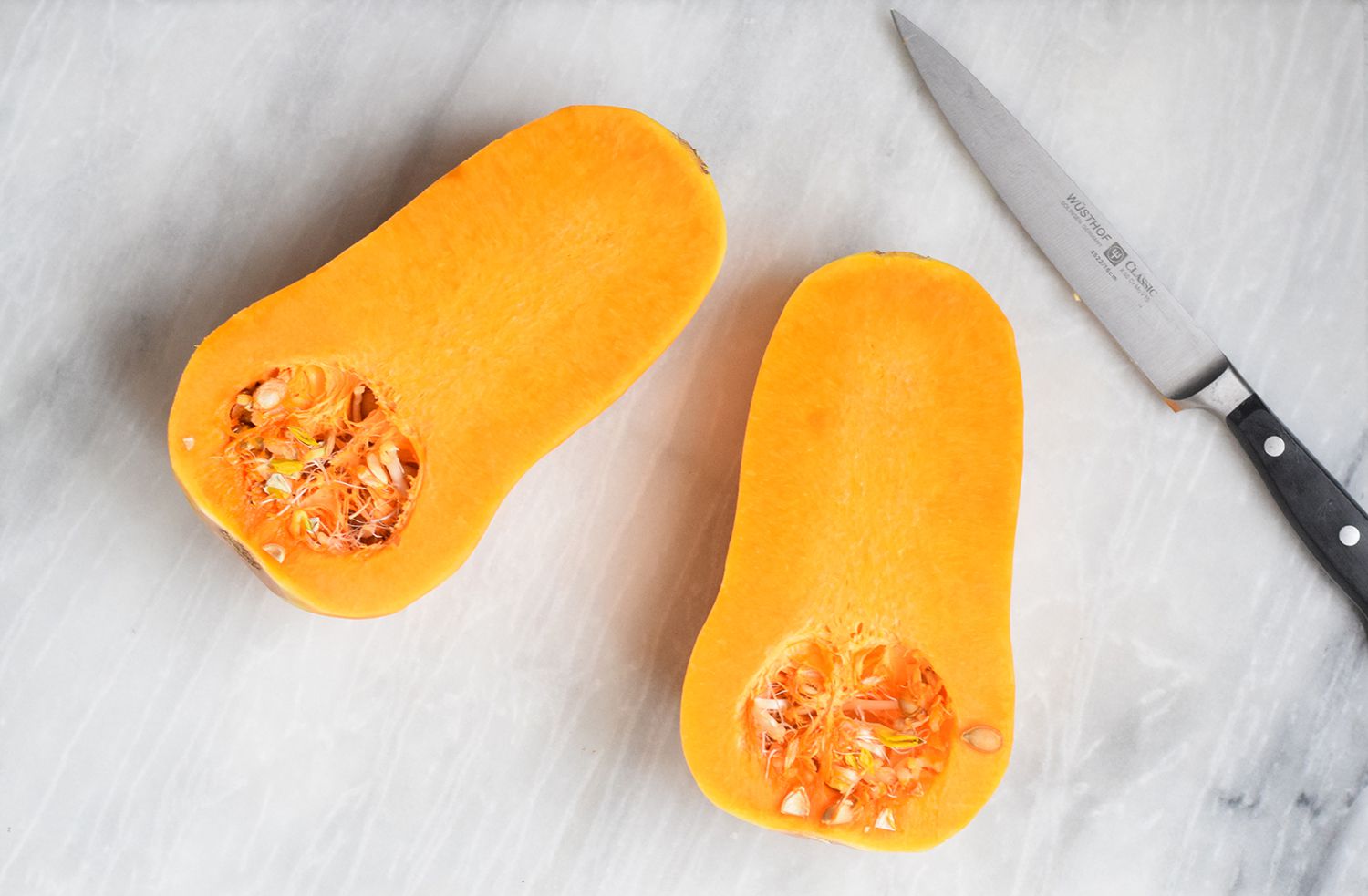
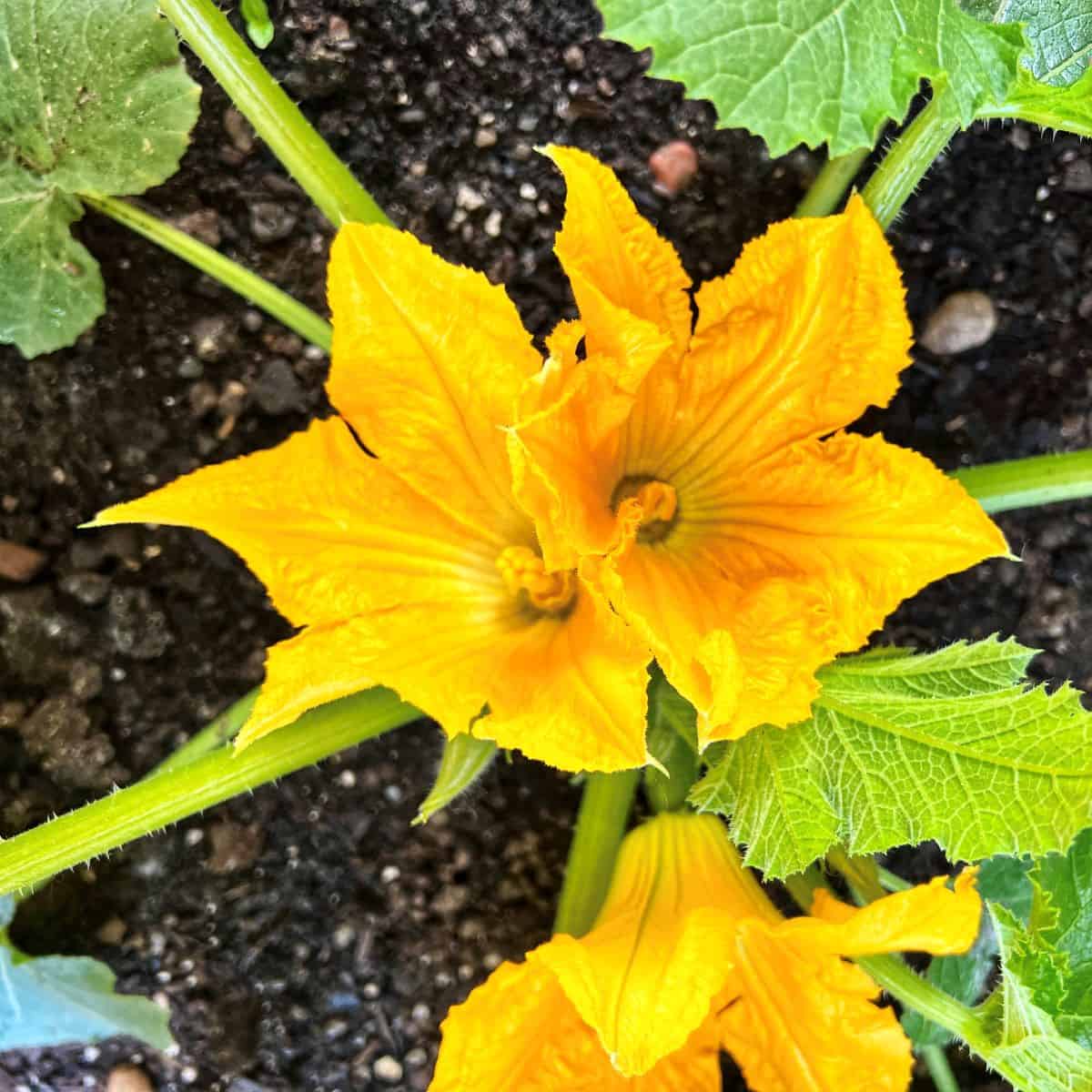
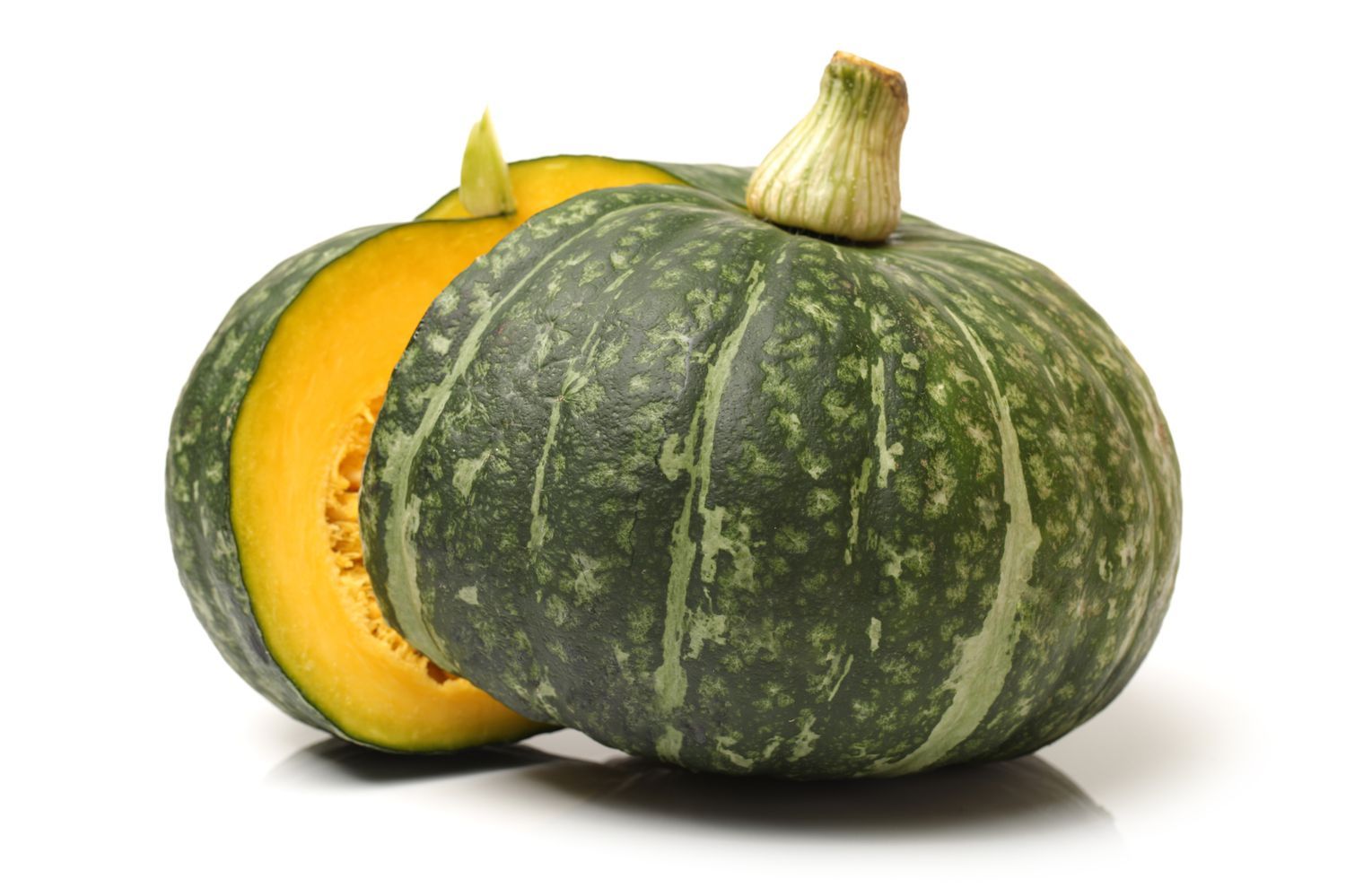
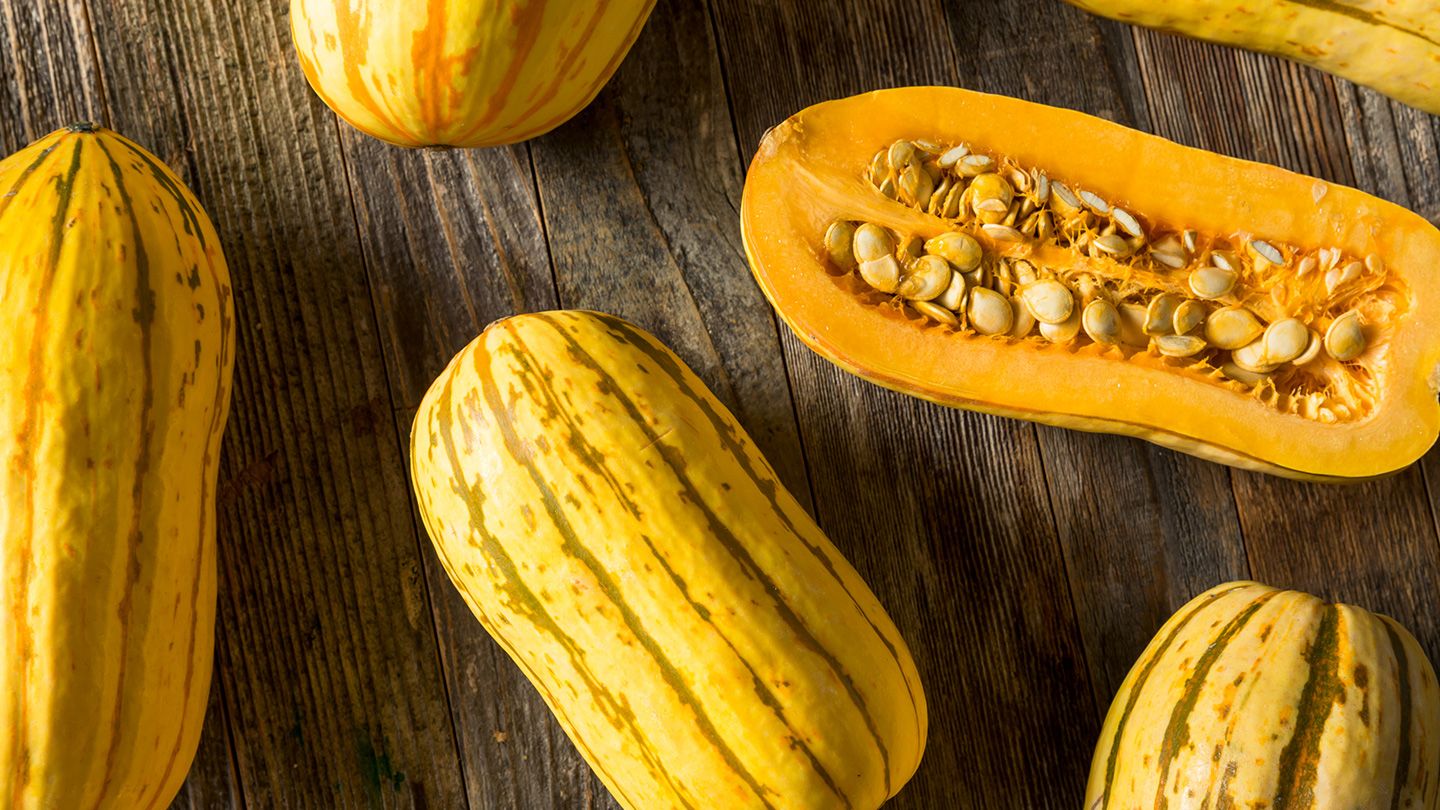

0 thoughts on “How To Store Cut Butternut Squash”